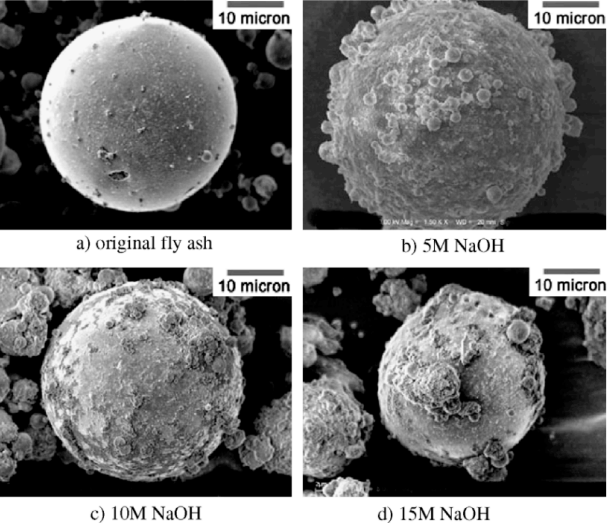Characteristics of fluidized bed fly ash and its large-scale industrial application
In general, sulfur-fixing ash specifically refers to the solid waste produced by the combustion of sulfur-containing coal and limestone in circulating fluidized bed boilers at about 900°C. Sulfur-fixing ash, especially sulfur-fixing ash, is different from ordinary pulverized coal furnace ash and slag, and is mainly piled up at present. The utilization of sulfur-fixing ash in foreign countries mainly focuses on road backfilling and waste stabilization, and large-scale resource utilization is almost blank. There is no special organization in my country to conduct systematic investigation and classification statistics on sulfur-fixing ash, so there is no relevant standard to regulate its application.
Compared with ordinary fly ash, sulfur-fixing ash contains higher CaO and SO3, which can cause serious volume expansion of concrete when directly applied to cement concrete. In addition, since the combustion temperature of the fluidized bed boiler is generally 850 to 900 °C, which is lower than that of the pulverized coal boiler, which is 1200 to 1400 °C, the solid sulfur ash contains a certain amount of unburned carbon, resulting in a high ignition loss. When used in cement concrete, because carbon has a strong adsorption effect on admixtures, it will greatly reduce the effect of admixtures.
The field of building materials is a big player in “digesting” sulfur-fixing ash. Since sulfur-fixing ash can produce morphological effect, activation effect and micro-aggregate effect, it can be used as an admixture to produce cement or concrete. . Next, we will introduce a mature industrial application technology product of “preparing high-performance concrete with fluidized bed fly ash as the main raw material”. At present, this technology product has been industrially applied at home and abroad for many years.
The basic raw materials are industrial solid wastes such as fly ash, red mud, tailings, gasification slag, and coal gangue.
Compared with ordinary cement, the high-performance cementitious new material prepared by this technology has the advantages of low hydration heat, good frost resistance, strong corrosion resistance, etc. The advantages of material performance and cost are not only Shows good commercial application prospects. The amount of industrial waste residue is 75-100%, and the 28-day compressive strength reaches 30-100Mpa.
Application areas of this product:
Expressway as concrete material: the cost of the new high-performance cementitious material produced by this technology is 10-25% lower than that of traditional concrete; the new high-performance cementitious material with anti-salt and freeze-resistant high-performance cementitious material repairs the expressway project damaged by salt freeze for 28 days. The compressive strength is up to 51.8Mpa, and the measured salt-freezing cycles are up to 150 times;
Direct preparation of high performance concrete (without cement): 3-day strength 37 MPa; 28-day strength 93 MPa; compressive test (ASTM C39); no strength collapse was found. Set Time Test (ASTM C191); Shrinkage Test (ASTM C157); Freeze-Thaw Standard Test (ASTM C666).
Foamed prefabricated building materials: polymer inorganic high-performance cementitious foamed materials also show good performance and economic benefits in prefabricated building materials. When the bulk density is 1100kg/m3-1500kg/m3, the compressive strength reaches 12Mpa-16Mpa , When the bulk density is 300kg/m3-550kg/m3, the compressive strength reaches 3.5-9Mpa.
PC prefabricated building materials: high-performance cementitious new materials are directly used to produce PC prefabricated building materials with a compressive strength of C40-60Mpa, and do not require heating and steam curing.

